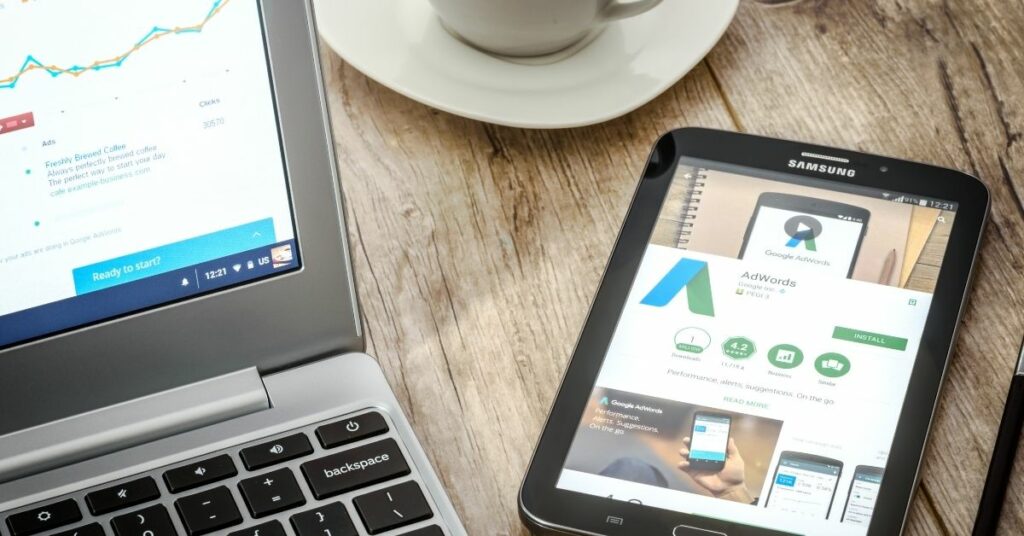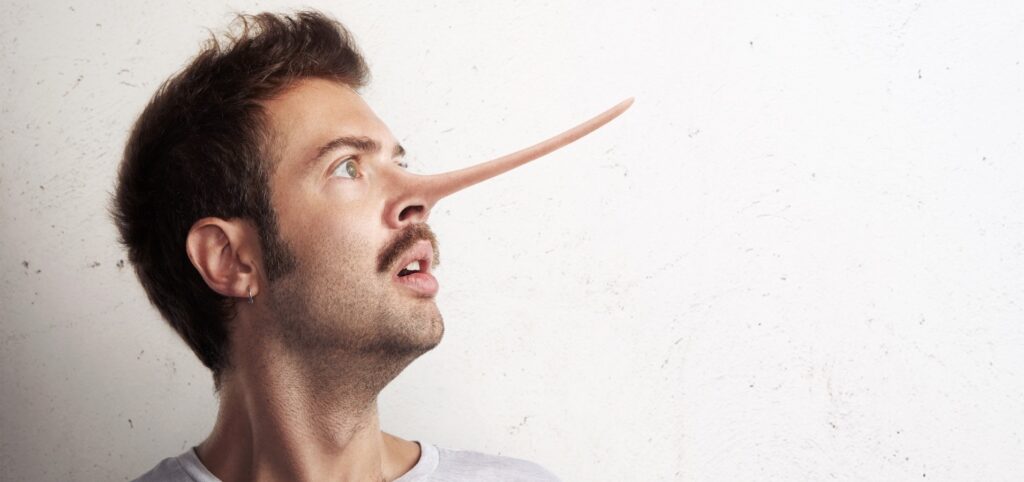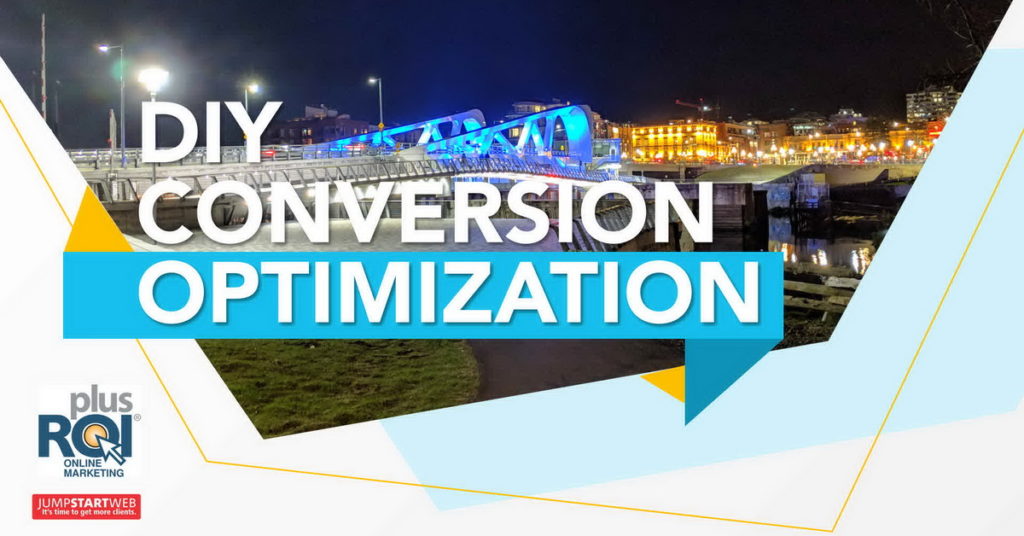The Power of a Simple Web Design
“That’s been one of my mantras – focus and simplicity. Simple can be harder than complex. You have to work hard to get your thinking clean to make it simple. But it’s worth it in the end because once you get there, you can move mountains.” (Steve Jobs)
What Internet entrepreneur or online marketer wouldn’t take a cue from Apple legend Steve Jobs? We all strive for simplicity. Our mobile devices are loaded with apps to simplify our lives. And when consumers visit a website, the expectation is that the visitor can simply find what they’re looking for, whether it’s a trending story to read, a new product to buy or a pleasant online visual experience. If “increased conversions” isn’t enough for you to go for a simple and standard design, then perhaps the following three reasons will be.
Science
ConversionXL fancies non-fancy site designs and uses science to support the motto: the simpler the design, the better. For one, visually complex websites are consistently judged as less aesthetically pleasing than simpler ones during a first impression, according to a 2012 study on the Google/YouTube User Experience by the Department of Psychology at the University of Basel.
ConversionXL breaks it down by focusing on prototypicality – the process of conjuring up a standard image or idea based on how your brain naturally categorizes information. Your brain has basically created templates for everything you see, feel and interact with. For example, when you think of Los Angeles, you’re conditioned to think of Hollywood and celebrities. Likewise, online customers and users have expectations for what a specific type of website will look like, and if it significantly deviates from that image, the user rejects it.
Remember when Facebook added the newsfeed or replaced walls with timelines and cover photos? The social digital world practically collapsed, because Facebook disrupted our prototypicality and cognitive fluency, which is our preference for sites we’re highly familiar with. Think about your site in comparison to the ubiquitous marketing blog or e-commerce site, for example. Don’t forgo design originality or creativity, but work to ensure that it meets standard expectations and doesn’t jar the user experience.
SEO
ConversionXL and people who like pretty, easy-to-digest interfaces aren’t the only ones who go for simple website designs. Google also prefers simpler websites over sites loaded with the most cutting-edge display technologies. Earlier this year, Google was having trouble crawling Apple’s website, and direct links to apps weren’t appearing in Google results. Although Apple’s site is aesthetically phenomenal, it can detract from functionality and SEO friendliness.
Googlebots aren’t yet equipped to effectively crawl all the advanced technologies and flashy designs. A site that’s not as technologically elaborate has greater SEO benefits, advises Search Engine Journal.
Mobile
More than 1.2 billion people access the Web from a mobile device, according to Trinity Digital Marketing, and 58 percent of U.S. consumers own a smartphone, according to comScore. Websites, e-commerce sites and blogs can’t afford to not be mobile-optimized. If your site won’t load for a smartphone or appears aesthetically chaotic, you’ve likely just lost another customer or follower.
This year, Macy’s revamped their Black Friday strategy to enhance the mobile experience. Mobile shoppers can rely on an app to access Macy’s Black Friday deals and edit shopping wish lists. Macy’s shoppers can also use the app’s location services to find items in physical stores, which means shoppers can utilize the app for online and in-store shopping during the busiest shopping time of the year. Keep in mind as shoppers access apps and sites on their smartphone to find deals and make purchases, shoppers want to process to be fast, easy and simple.
*Note: This is a guest post provided by one of our strategic partners.






